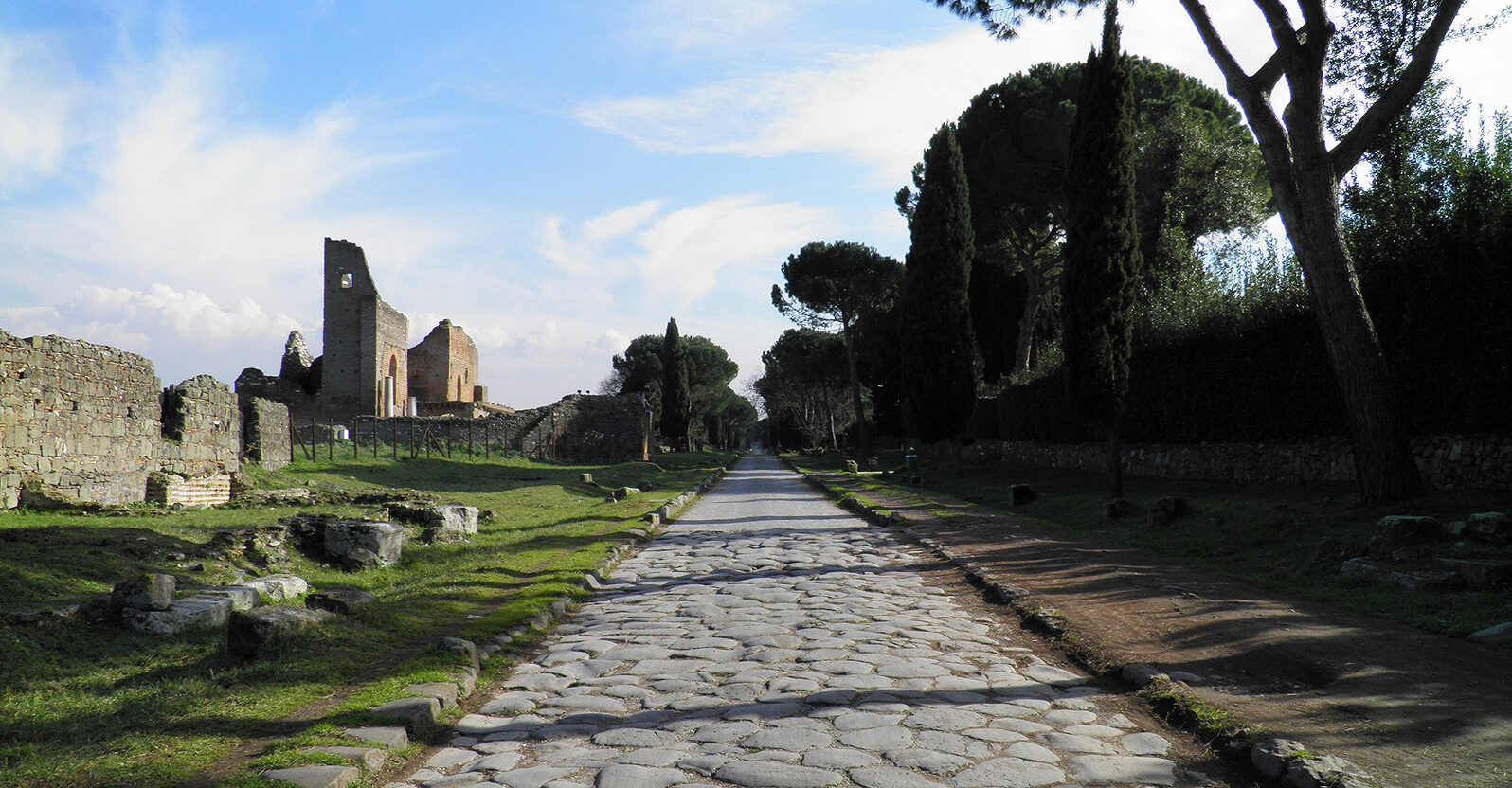One of the most interesting arguments I hear against traditionalists these days goes something like this: “The lifestyle and liturgy of the early Christians was much more like that of modern charismatics than that of modern traditionalists.” I too believed such silly arguments for a long time in my Catholic formation. Of course, there’s mountains of evidence against such an assertion. The Roman Breviary for today’s saints is just one such piece of evidence. Pope Saint Soter was martyred around AD 174 or 177. Pope St. Pope Caius (aka Gaius) was martyred in AD 296.
Notice what the old Roman Breviary says about today’s saints, but also notice what it also says about the lifestyle and liturgy of the very early Roman Christians:
Soter, a countryman of Fondi in Campania, succeeded the holy martyr Anicetus. It was he who ordained that nuns should not touch the sacred vessels and linen of the Altar, nor serve with the incense in the Church. He ordained likewise, that on the anniversary of the Lord’s Supper, every one should receive the Body of Christ, except those who were forbidden to do so on account of grievous sin. He was crowned with martyrdom under the Emperor Marcus Aurélius, and was buried in the Cemetery, which was afterwards called that of St. Calixtus. Caius was a Dalmatian and a kinsman of the Emperor Diocletian. It was he who ordained that the following should be the order of degrees in the Church through which all should pass before they be made bishop: first, Porter; second, Lector; third, Exorcist; fourth, Acolyte; fifth, Subdeacon; sixth, Deacon; seventh, Priest. Caius fled from the cruelties practiced by Diocletian against the Christians, and lay hid for a while in a cave, but after eight years he and his brother Gabinus won the crown of martyrdom, and was likewise buried in the Cemetery of Callistus.
What can we learn about the early Roman Church from the above hagiography? Many things, but I’m going to explain three here:
1. A “deaconess” is simply a homonym in early languages for “female servant who helped women before baptism” which is currently conflated (on purpose) with an early liturgical role by liberal modernist Catholics. Modernists clearly use this to grease the skids to push for women’s ordination. However, notice from the above account that even holy nuns (sacræ vírgines in Latin) were not allowed to touch (ne attíngerent) the chalice and patten before or after Holy Mass, much less at Mass. Thus, women had absolutely no liturgical role in the early Roman Mass or Byzantine Catholic Divine Liturgy. In fact, women weren’t even allowed to be the readers at the Liturgy as we see in the very earliest and inerrant Christian document—the Bible. St. Paul writes under inspiration of the Holy Spirit: Let women keep silence in the Churches, for it is not permitted them to speak, but to be subject, as also the law saith.—1 Cor 14:34. Notice this is not a commentary on women’s holiness (see again that reference to holy virgins above in Latin) but simply their role in the early Church.
2. St. Soter in the 160’s or 170’s (again, extremely early in the Church) repeated the injunction of 1 Cor 11 on worthy communion, as the Roman Breviary quoted above said that on Holy Thursday “every one should receive the Body of Christ, except those who were forbidden to do so on account of grievous sin.” That means grievous sin precluded even a baptized Catholic from receiving Holy Communion in the early Church. Thus, it is extremely diabolical for modernists to say things like “The Eucharist is not a prize for the perfect.” Of course it’s not a prize for the perfect (so there’s a shred of truth in that line from hell) but the early Church clearly delineated between mortal sin and venial sin (cf 1 John 5:16-17) in worthiness to approach the Holy Eucharist (cf. 1 Cor 11:26-19.) Pope Soter, the 12th Pope ever, repeated that command on worthy reception of Holy Communion. So, not everything was happy-clappy in the 2nd century underground Roman-Church.
3. St. Caius as early as the 3rd century did not institute but crystallized the tradition that to approach Major Orders (eg the Priesthood) a man must receive incrementally the Minor Orders including: “exorcist, acolyte and subdeacon.” Now, isn’t it interesting that the only male congregations that currently bring their men through minor orders are called “traditional” like the FSSP, ICK, SSPX, CMRI, etc.? We must then ask: Why did Vatican II get rid of minor orders? Most liberal-apologists say this was “to return to the simplicity of the early Church.” Right. Then why do we here have proof from the earliest account of the early Church that minor orders are extremely ancient in Rome? Once again, we can come to the conclusion that nearly all modernist-apologists are either ignorant or full of malice. And if it’s malice, they are purposefully projecting Protestantism upon the early Church because they hate Catholicism.
Church history is clear: Not only is the Church’s teaching constant between the early Church and medieval Church. So is her lifestyle and liturgy. Only modernism systematically derailed these traditions in the 20th century under the mendacious pretext of “returning to the early Church.”
